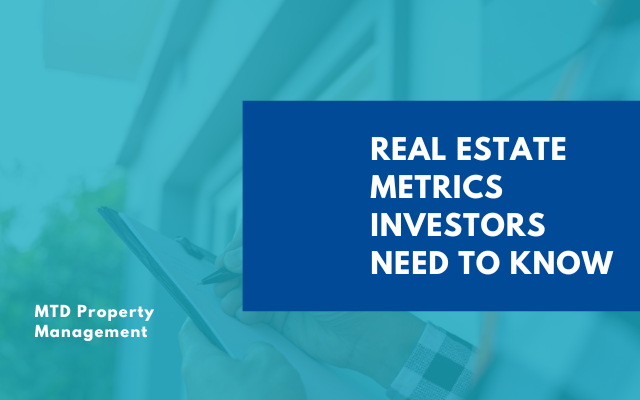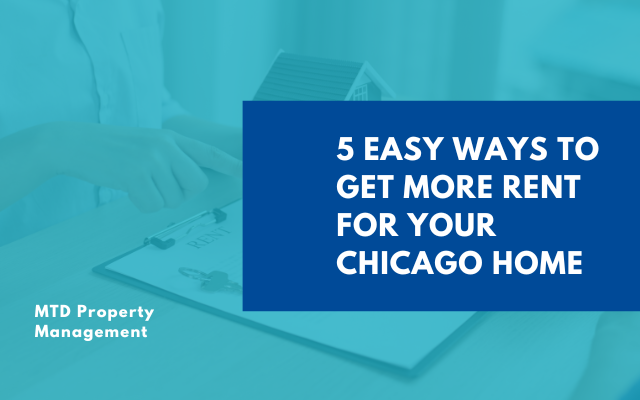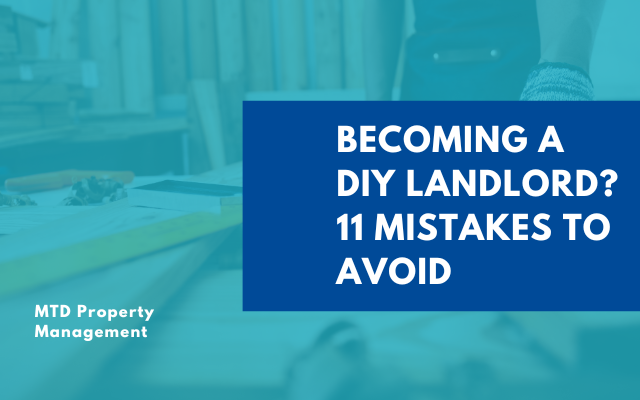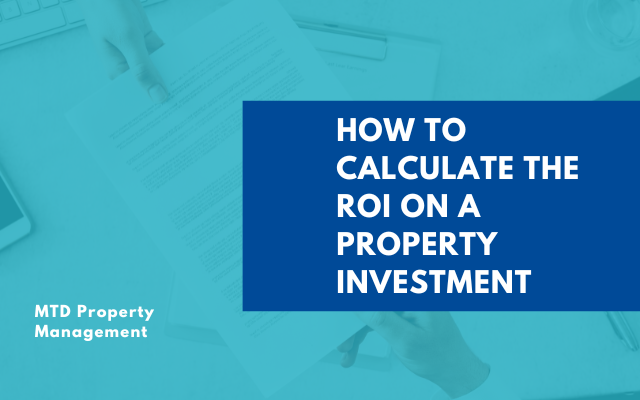
If you are a property investor, you need to learn the metrics for choosing the best real estate and obtaining the best returns.
Keeping your eye on the key performance indicators (KPIs), and analyzing the real estate data helps you learn how the property is likely to perform, its market trend, and the possible risk exposure.
Given that real estate can be a competitive industry, it is best to be familiar with the common real estate metrics that property investors can use to reach their financial goals. Keep reading to learn more!
Cash Flow Analysis
After paying off all your business expenses from the rental proceeds, you are left with the money that is termed as cash flow. It will inform you whether you earned a profit or suffered a loss.
Positive Cash Flow
If your rental income is more than your business operation costs and mortgage payments, then you have a positive cash flow, which is what every real estate investor wants.
With the excess funds, you can use it to reinvest, such as planning for renovation projects and growing your
real estate portfolio.
In case of market changes or unpredictable expenses, you still have contingency funds that you can use.

You can benefit from positive cash flow by
- Gaining stable finances: your property can sustain itself and won’t require you to cover expenses
- Acquiring growth opportunities: with the extra funds, you can reinvest it for additional property purchases to diversify your real estate portfolio and gain more Return On Investment (ROI)
- Reducing risks: If there are unexpected expenses or vacant units, you can cushion these situations and limit future stresses
Negative Cash Flow
Meanwhile, when your rental operation expenses are more than your rental income, then negative cash flow results. Although you might not like this to occur, it is not always a bad sign.
When your investment horizon is long-term, then having negative cash flow for new properties can be understandable.
You are likely to gain from future
property appreciation, more tax benefits, and economic upturns.
However, you will still face some risks with negative cash flow, such as
- Short-term pressure: you might end up covering additional expenses from out of pocket until your real estate investment generates a solid income
- Volatile market: when the market is in a downturn or your rental vacancies get extended, you might be weighed down by negative cash flow
- Exit strategy: you can end up selling your property at a lower price if the market does not perform well in the future

Cap Rate (Capitalization Rate)
Cap rate is a vital metric in evaluating how profitable and risky a property is through comparison of the net operating income (NOI) and current market value.
The cap rate formula is:
Cap rate = Net operating income (NOI)/ Current market value
Before you can compute the cap rate, you must first know what the property’s NOI is, which simply translates as the income produced by the property once all the operating costs are deducted, which does not include financing and tax expenses.
Afterward, you need to divide the NOI by the property’s current market value, which can represent the purchase price or the appraised value.
Debt Service Coverage Ratio (DSCR)
Another crucial metric that will give you a deeper understanding of whether your property’s rental income is enough to cover its debt payments is the debt service coverage ratio.
We need to learn more about DSCR to ensure we can maximize it to decide better when it comes to investing in real estate.
Understanding Debt Service Coverage Ratio (DSCR)
With DSCR, you can check if your property earns enough to pay for your mortgage obligations and other expenses associated with debt.

To compute for DSCR, use the following:
DSCR = Net operating income (NOI)/ Total debt service
Where net operating income refers to the property’s total income once operating costs are deducted
Where total debt service is the principal and interest payments on mortgages or debt-related property expenses
Average Days on Market (DOM)
Commonly, DOM refers to how long the property stays on the market before getting sold or rented out. It is critical to measure market activity and provide insight into the market property demand in a designated neighborhood.
With a low DOM, it translates as a fast-paced market with high demand, representing quick selling of properties. On the other end, a high DOM can be indicative of a slow market, which can mean less demand or availability of more properties.
Using DOM, you can foresee whether a given location has a healthy real estate market. If the DOM declines, you can conclude that it is a seller’s market while if the DOM surges, you can presume that it is a buyer’s market, making it easy to negotiate for lower prices and maximize property deals.
Using DOM to Identify the Best Time to Buy or Sell
If you understand the DOM metric, you can use it to make the best decision on when to buy or sell a property.
With a low DOM, properties are being sold at a fast speed. Competition may be tough if you are looking to buy real estate. It would require you to be more proactive to secure the best offer to land a great property.
Meanwhile, with a high DOM, it may take quite a while for the properties to sell, making it advantageous for investors who are seeking to negotiate the terms. With sellers wanting to complete a real estate deal, you can end up with an excellent price.
Bottom Line
Learning the above real estate metrics can help you choose better when purchasing properties. It will also make it easier to chase after a good opportunity while limiting your risk exposure.
If you are looking for professional experts to manage your real estate investments, contact us at
MTD Property Management today!









